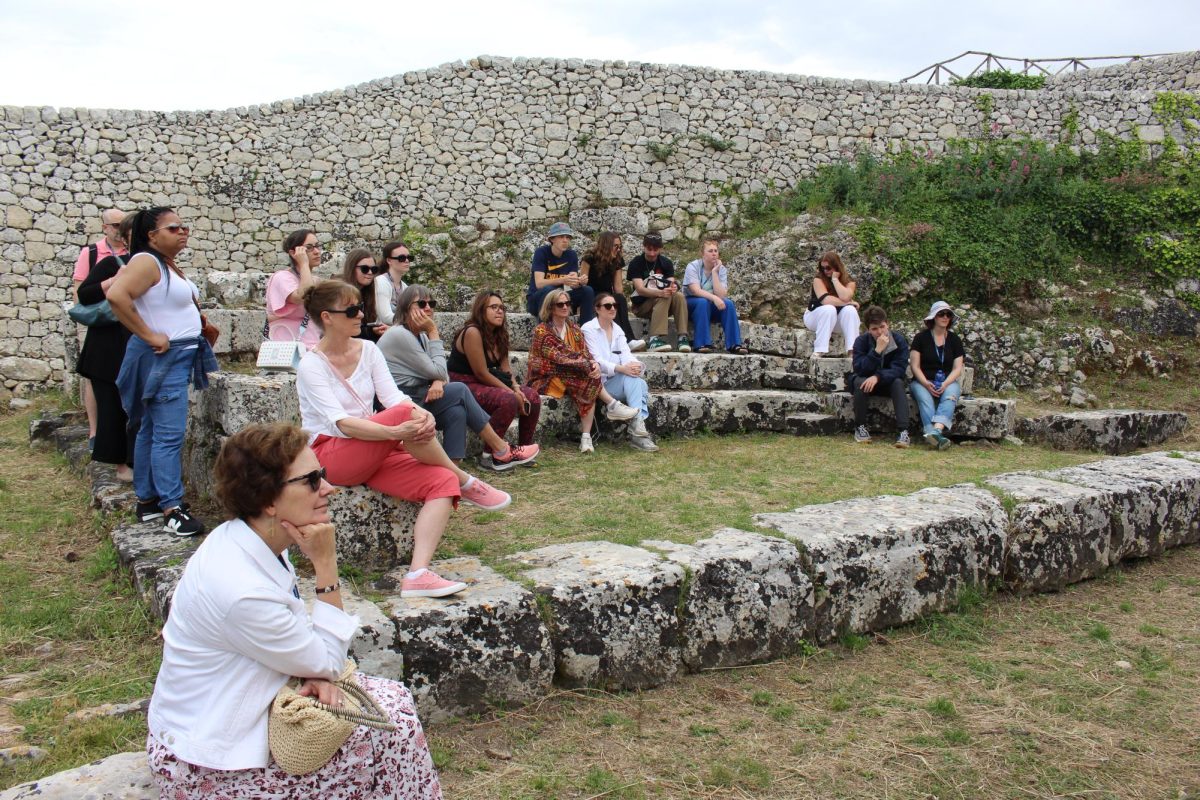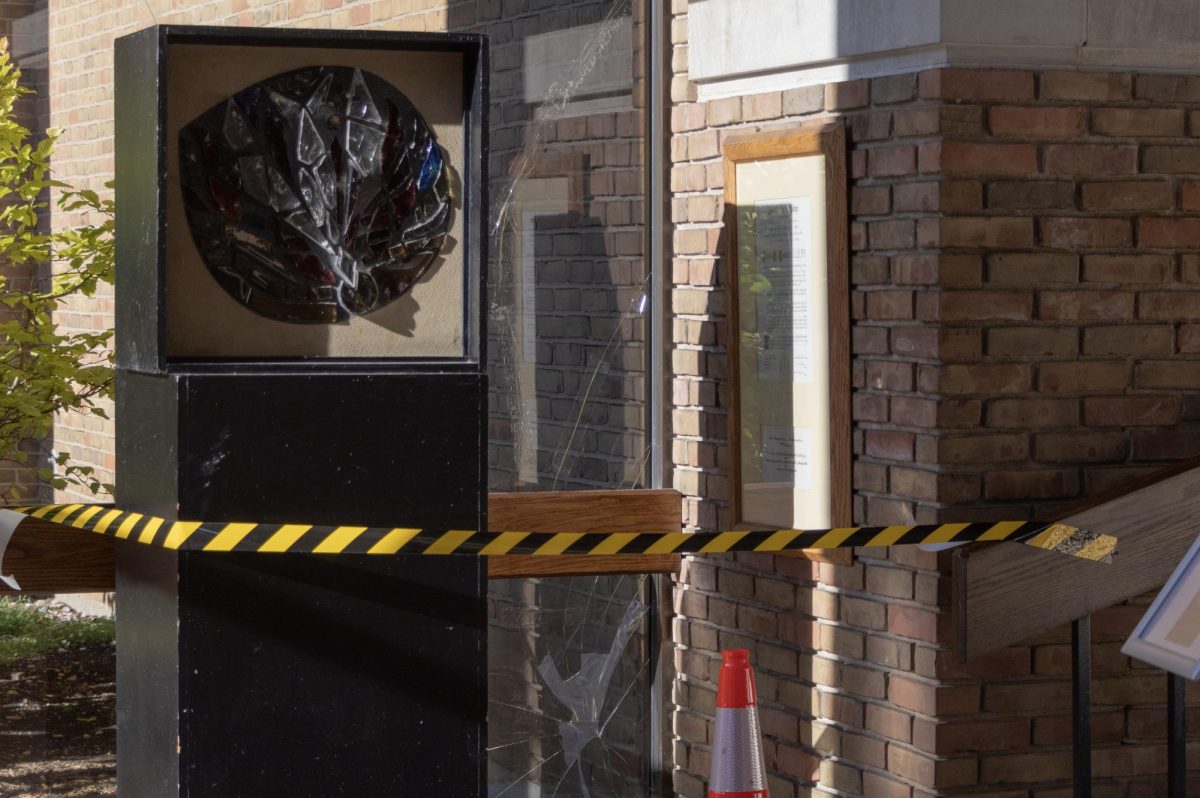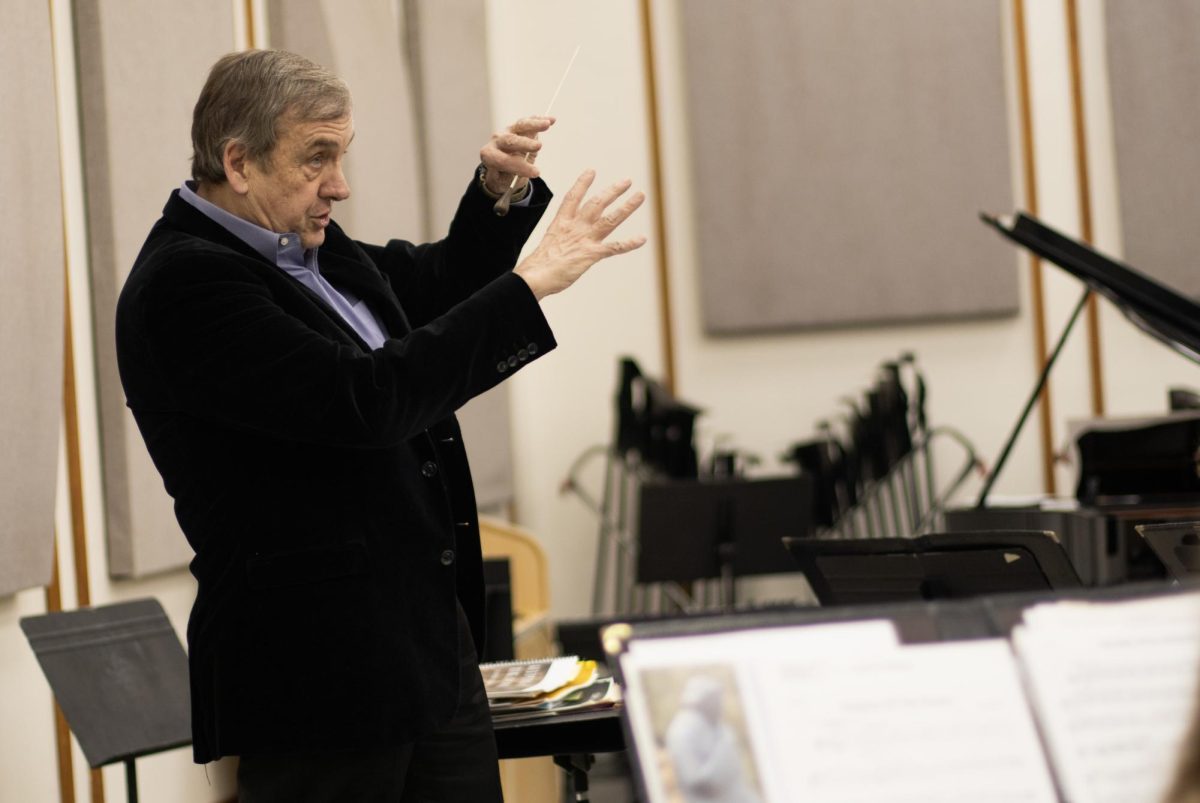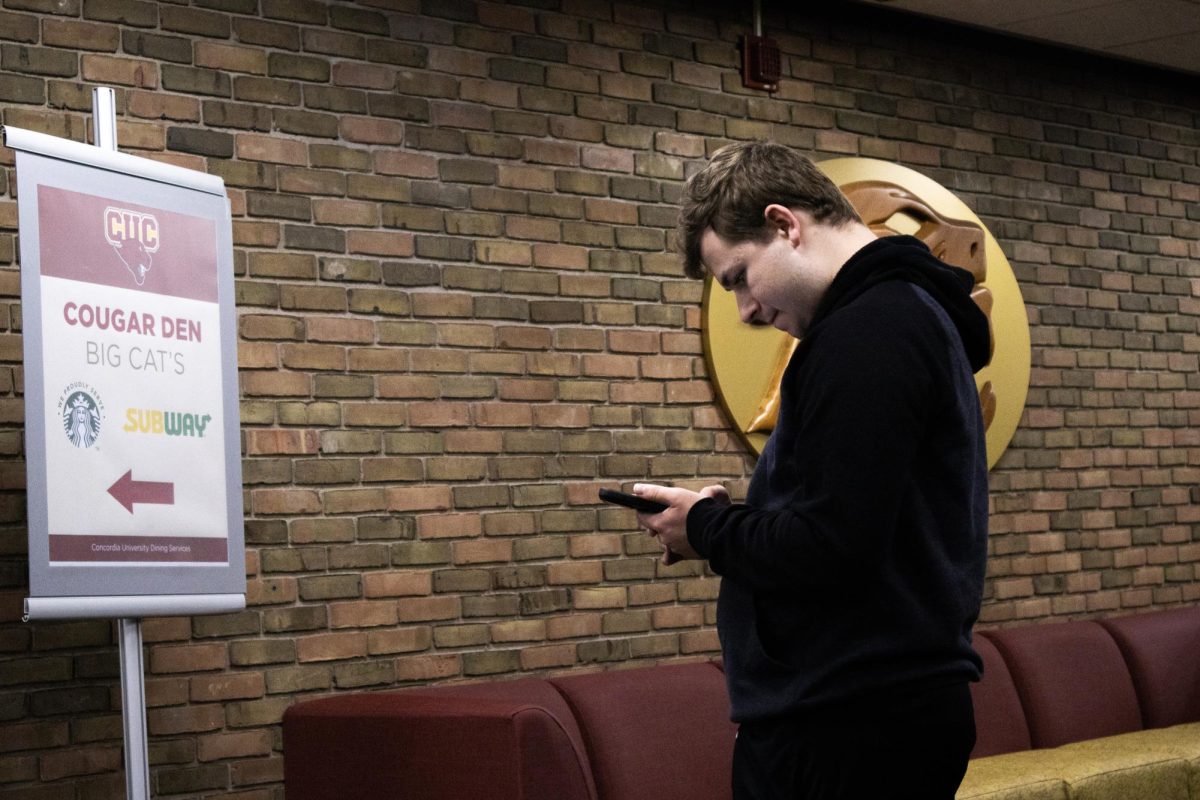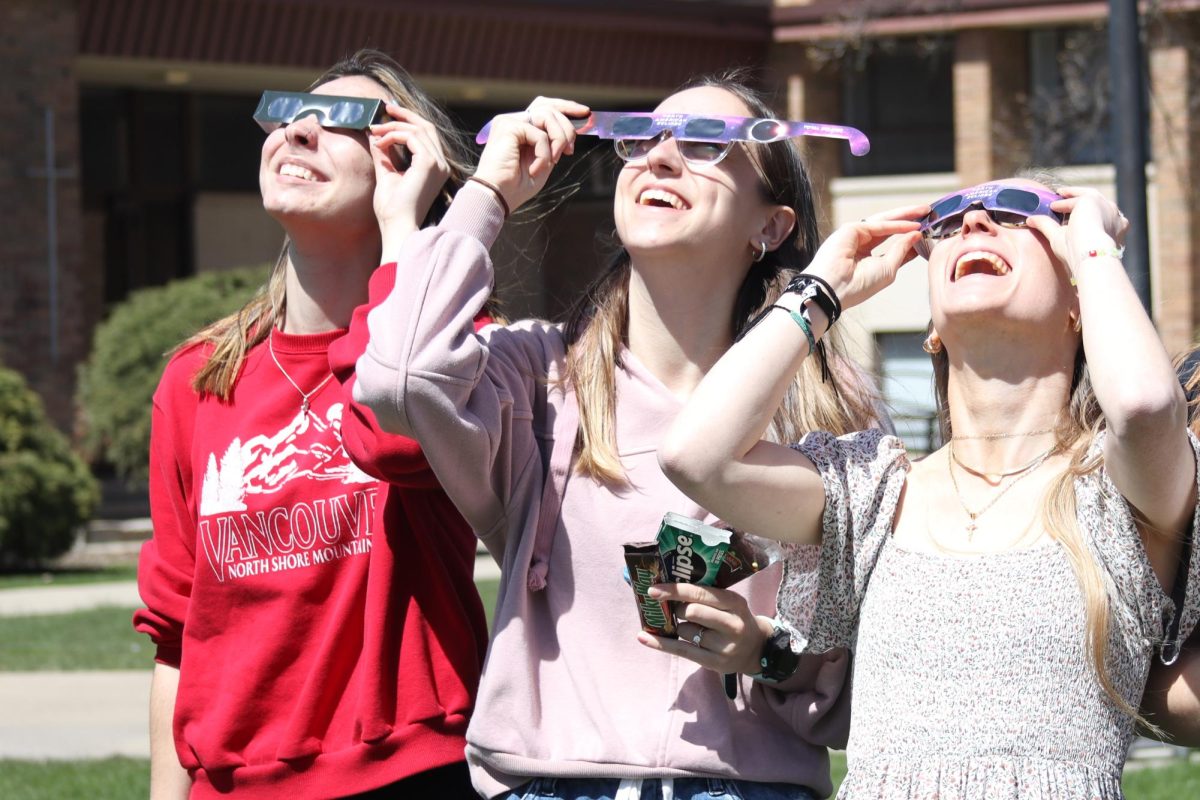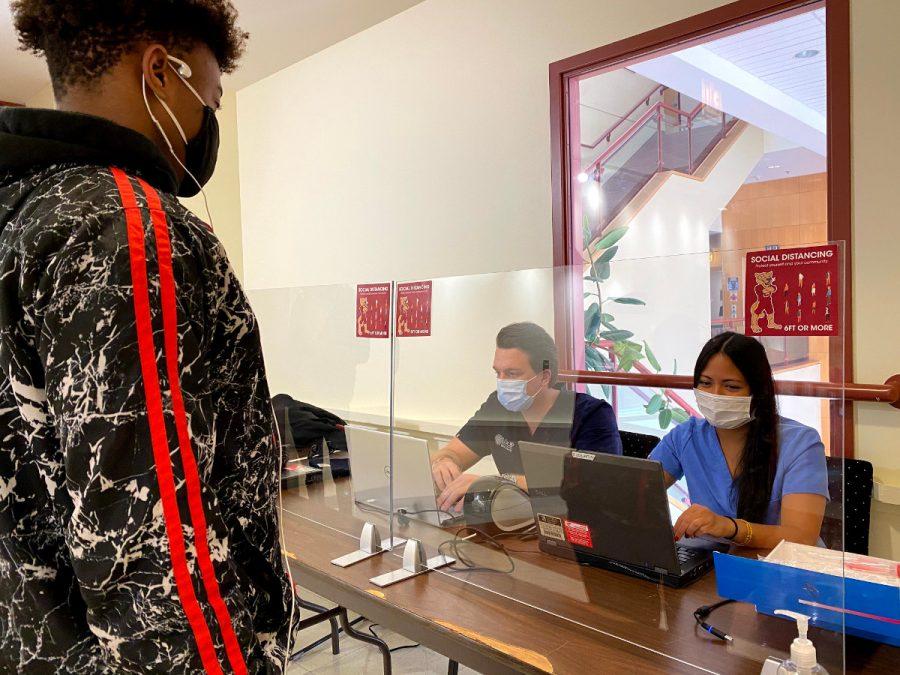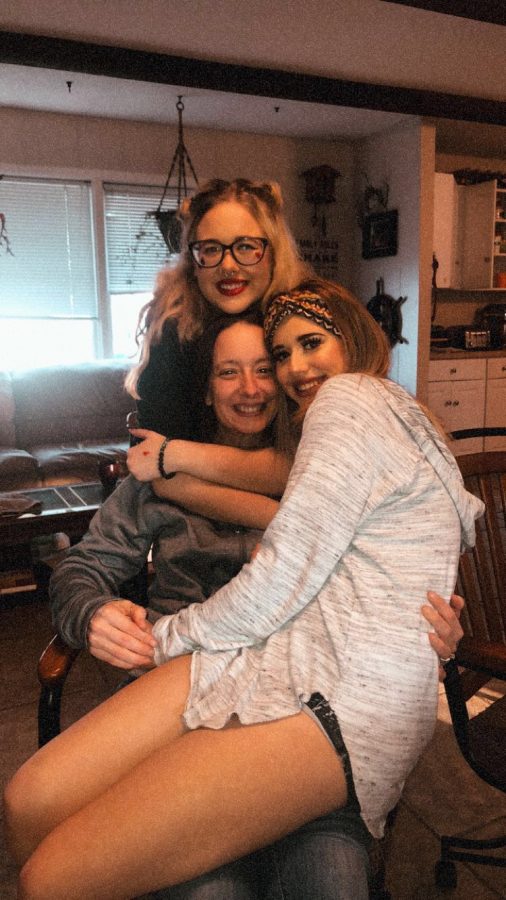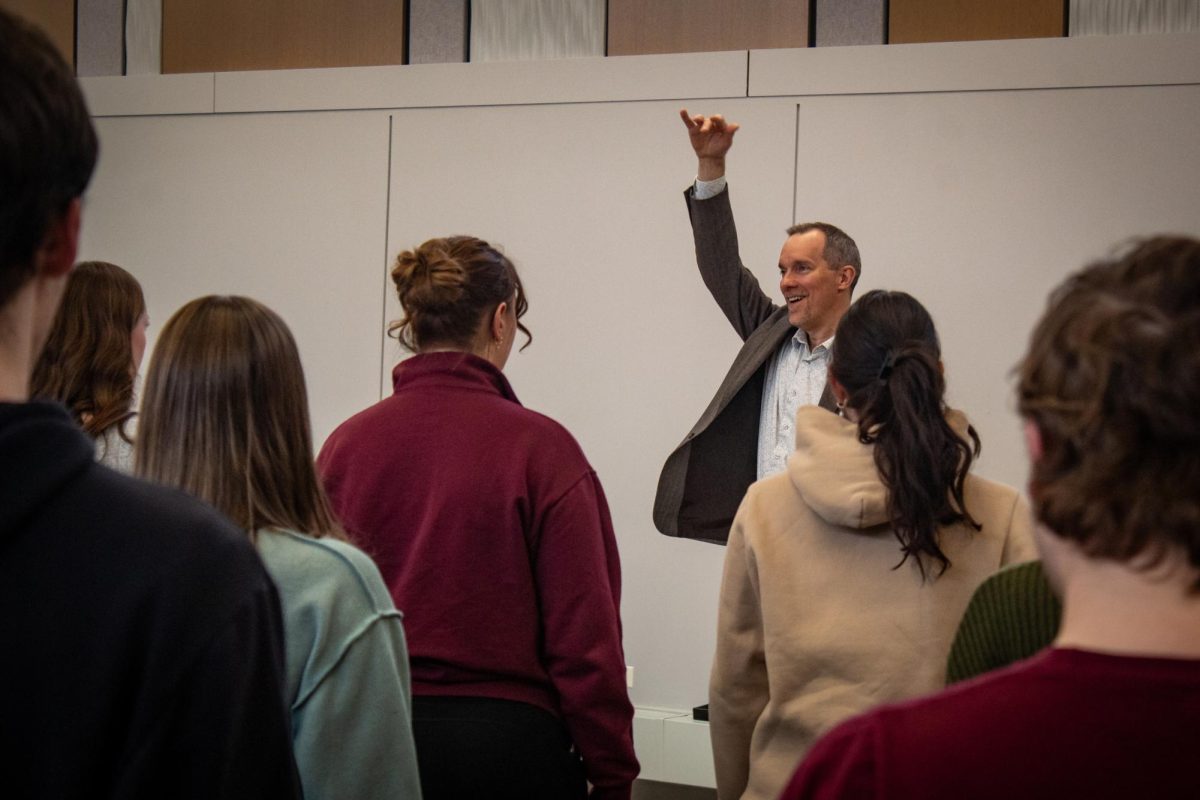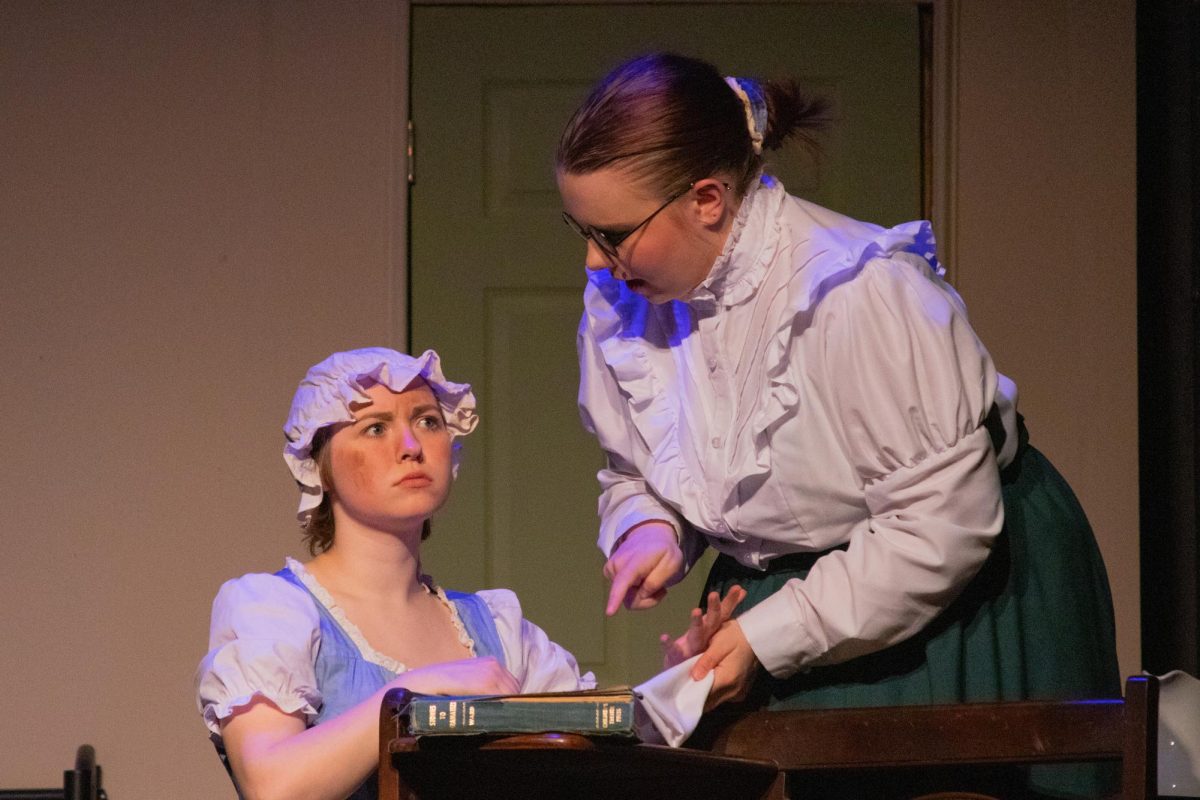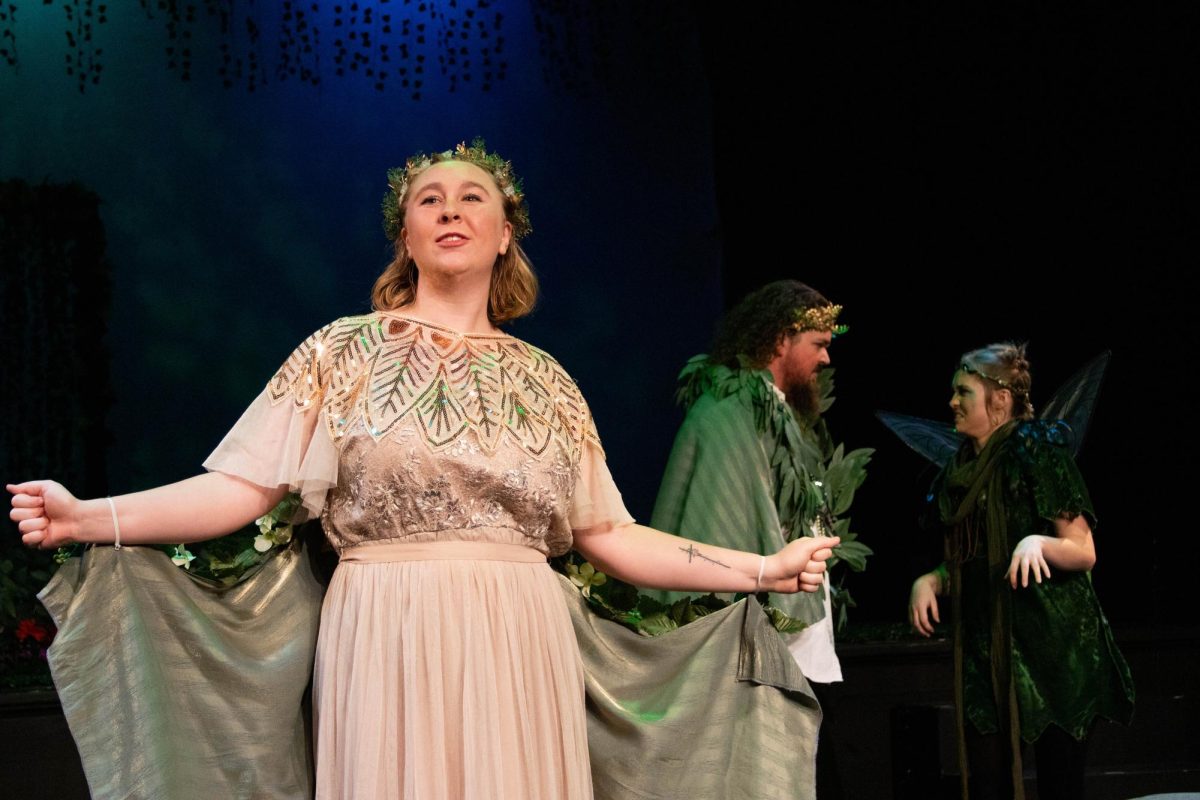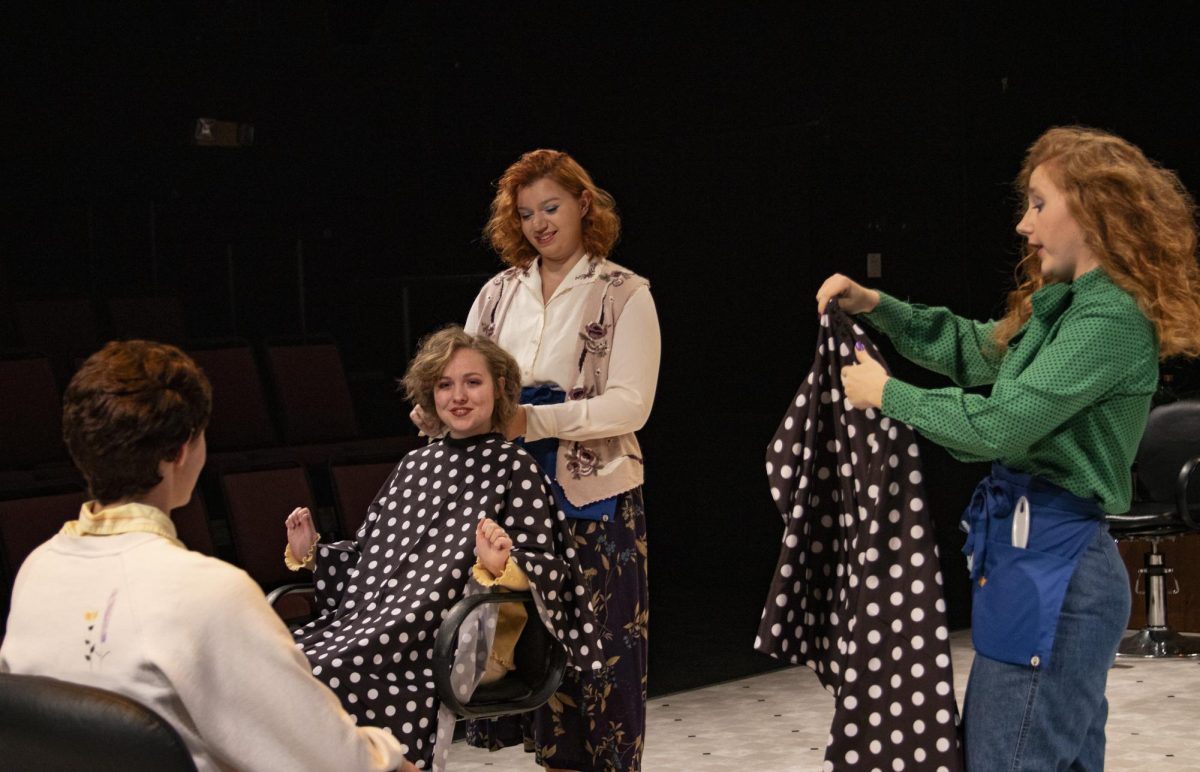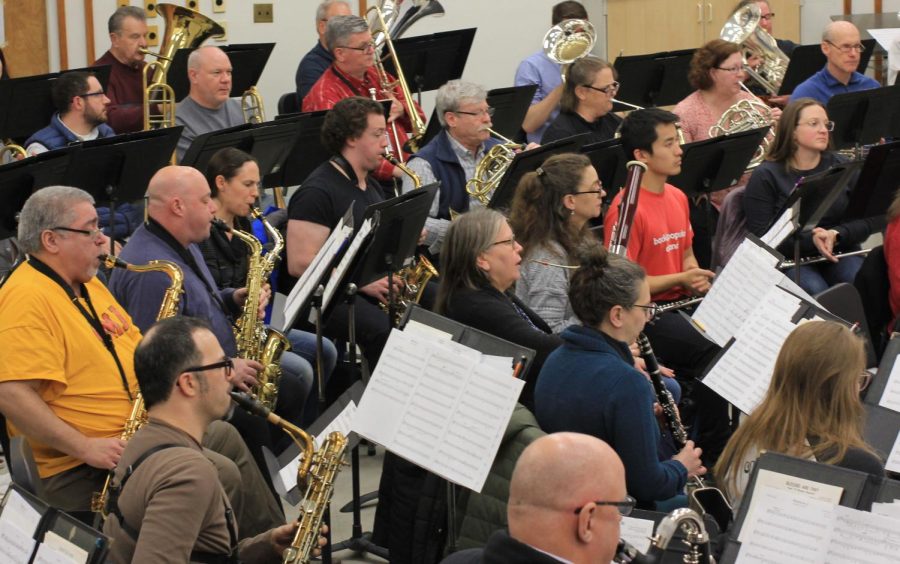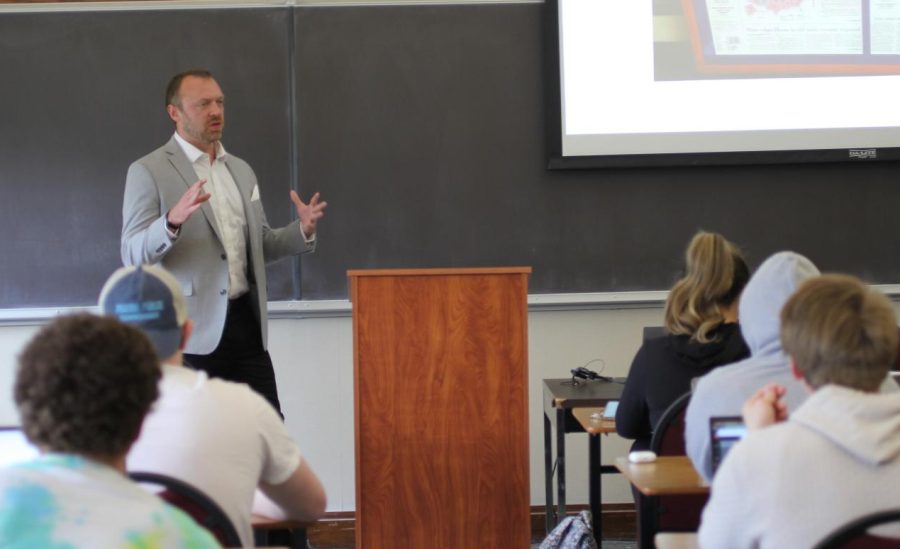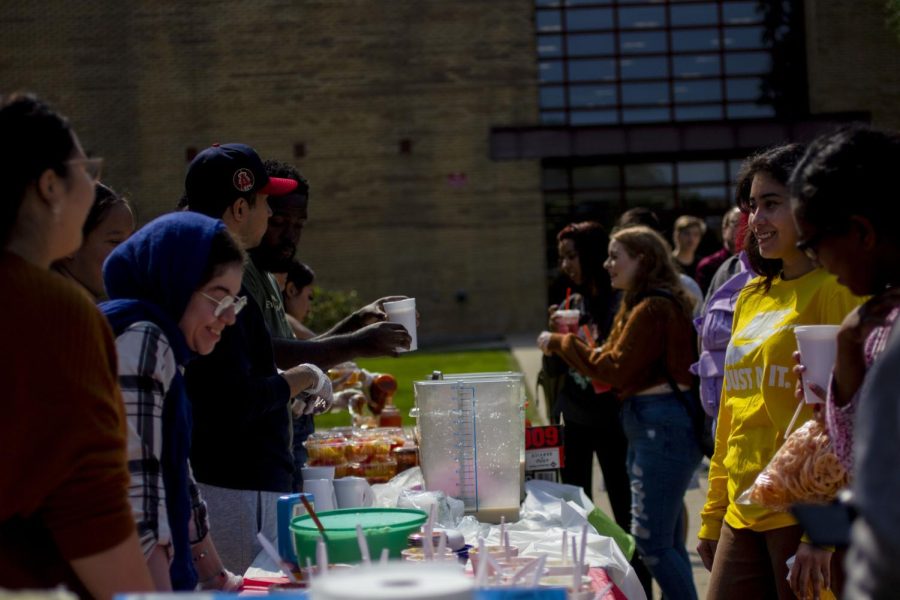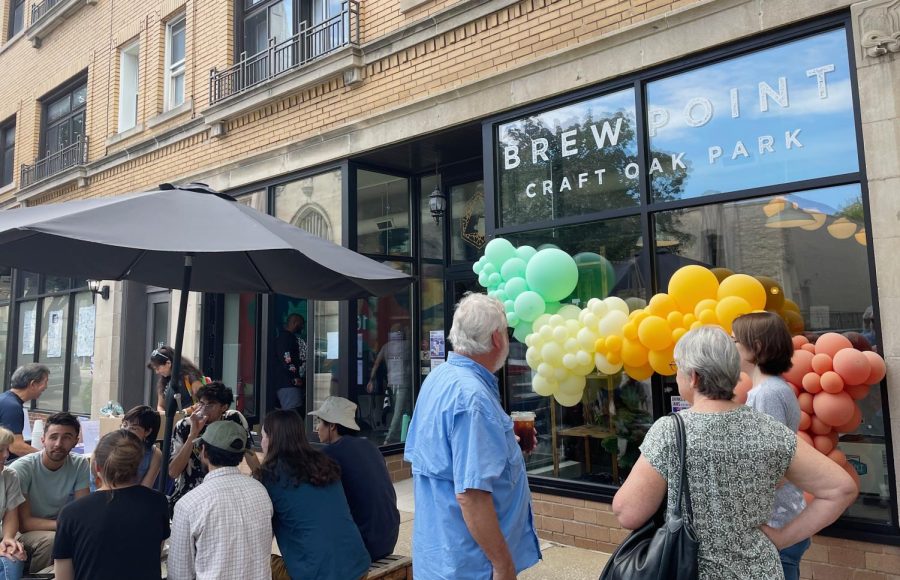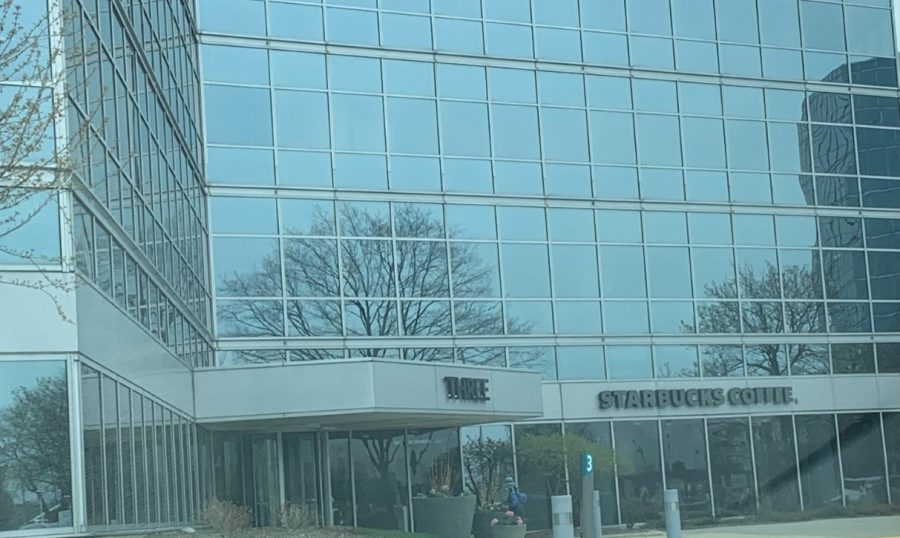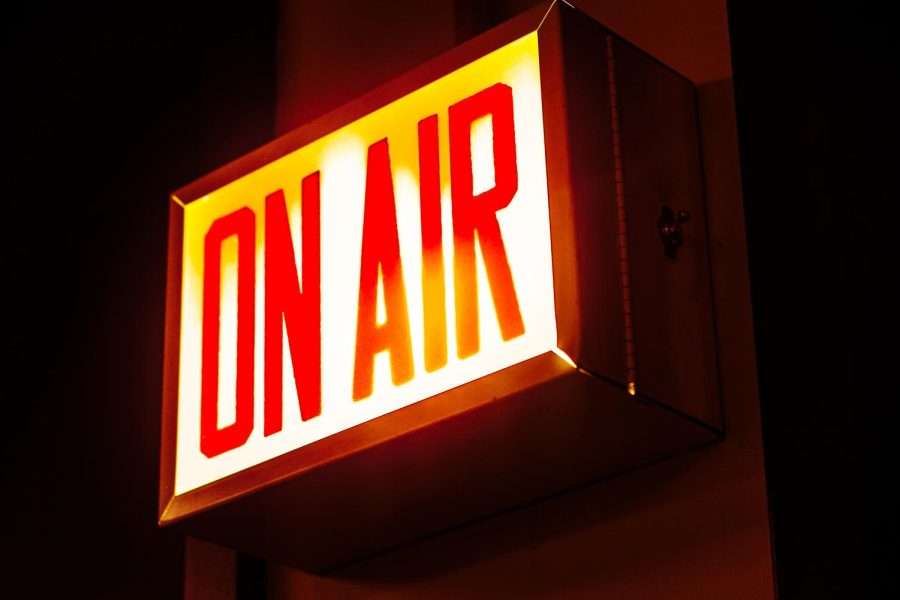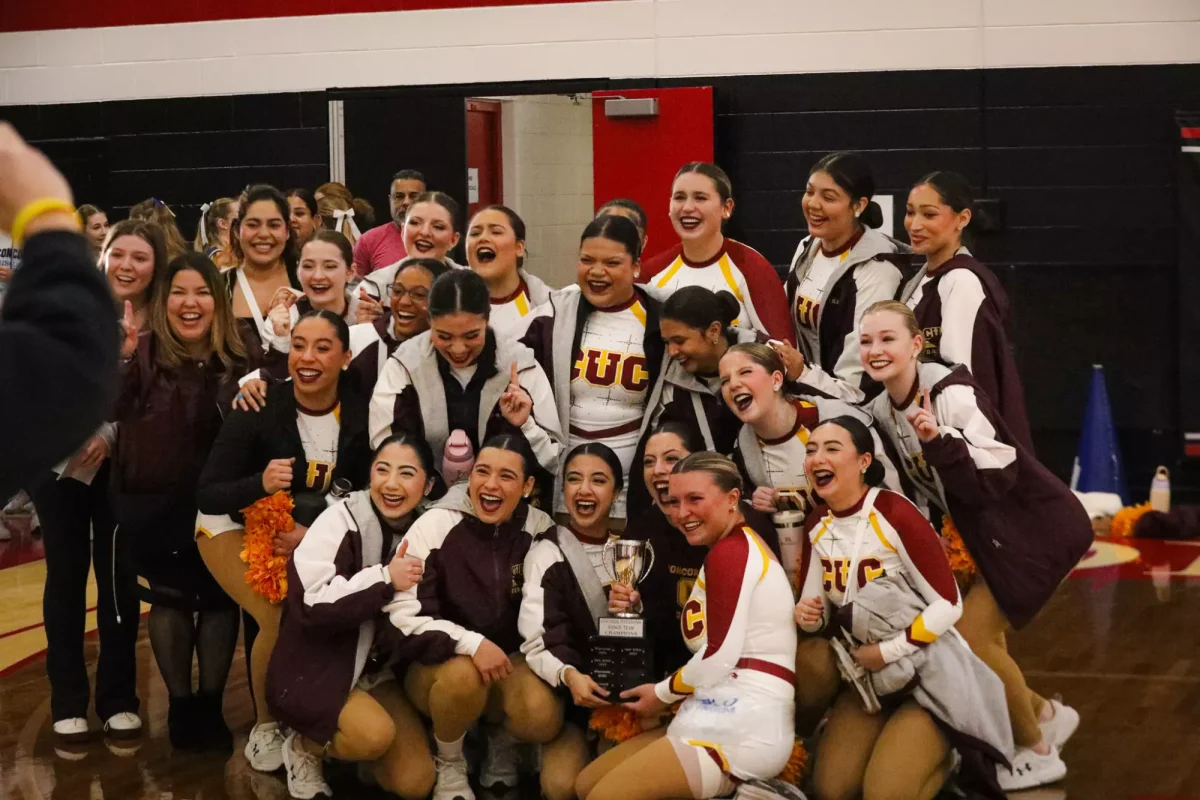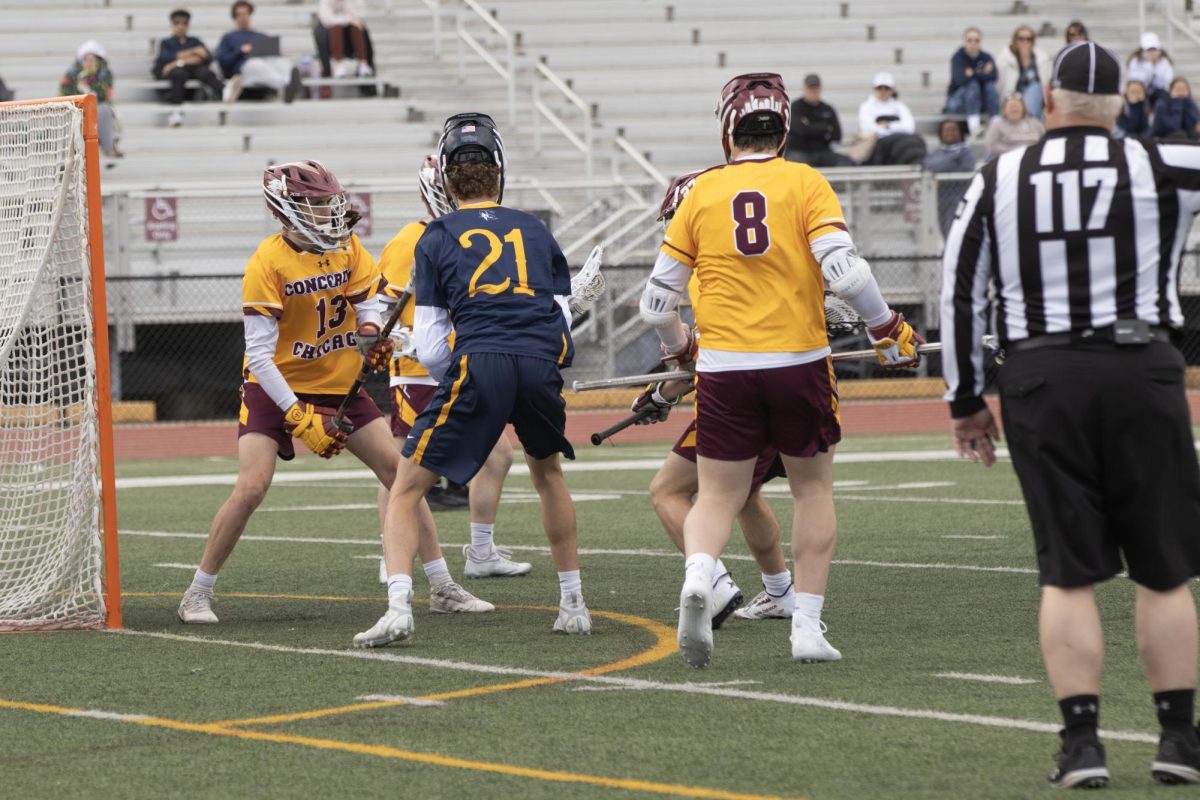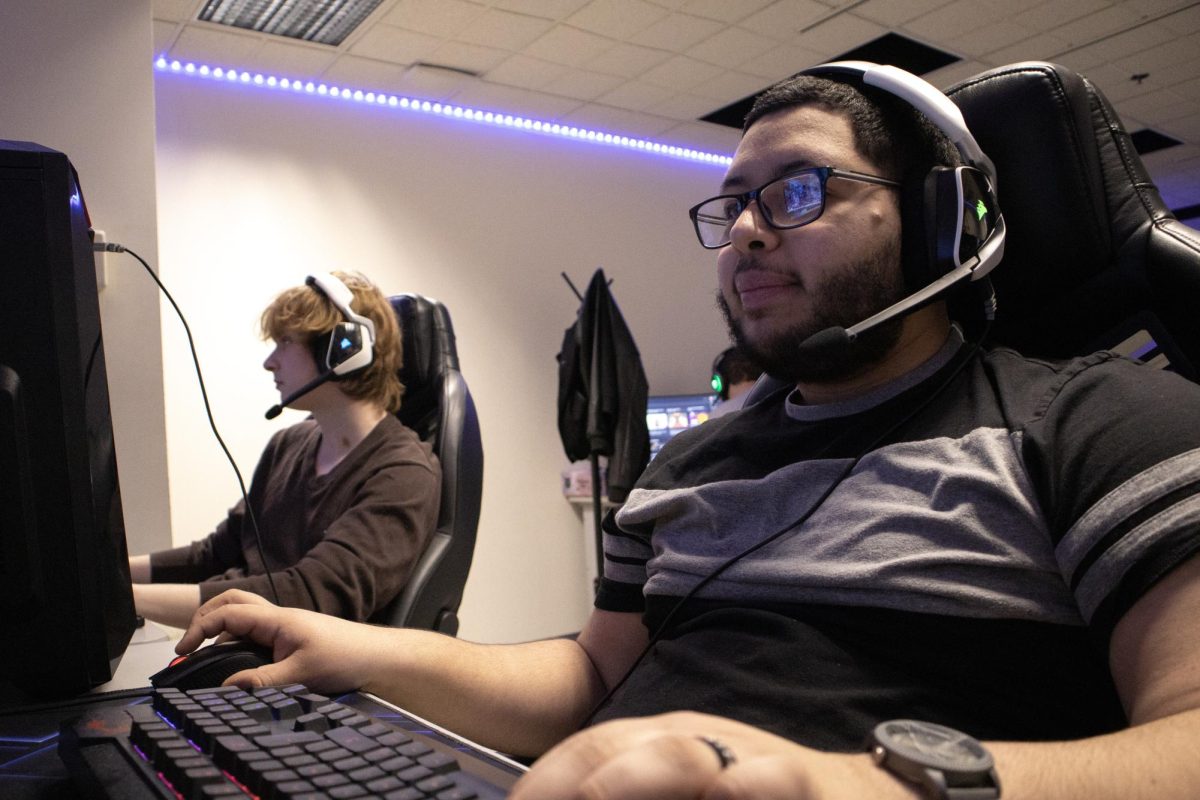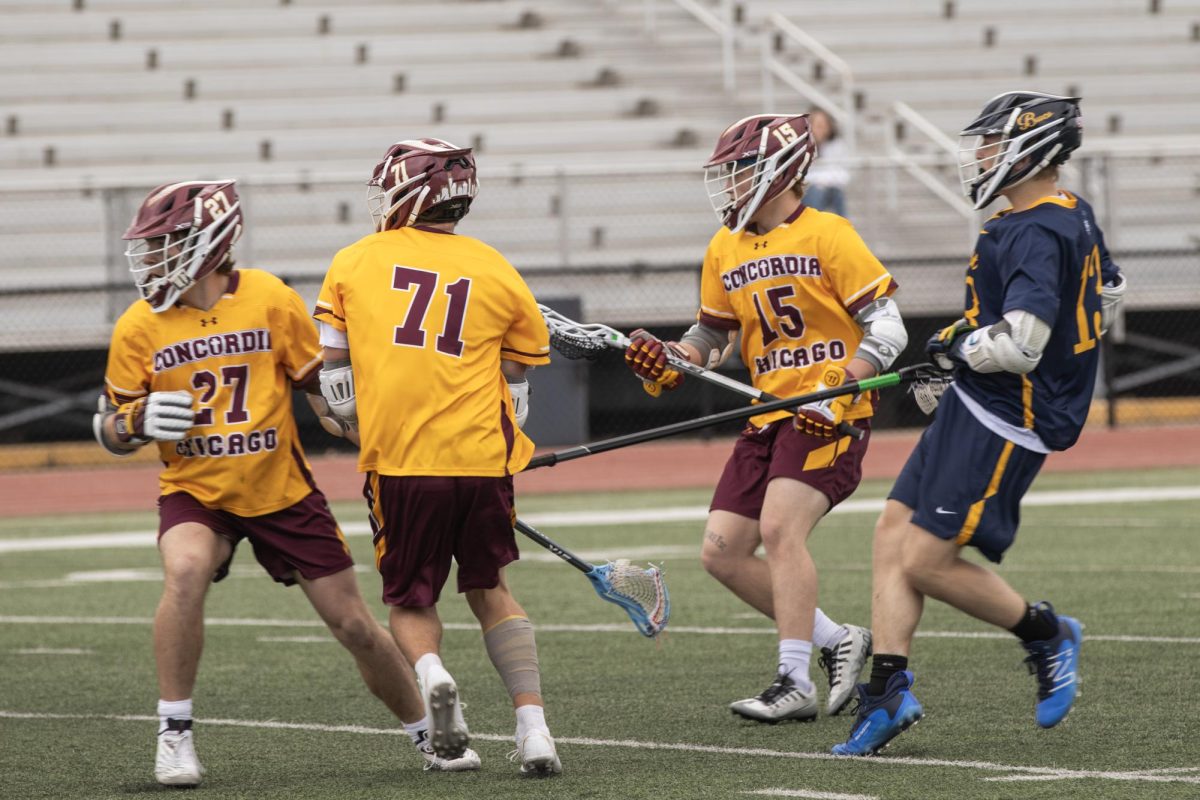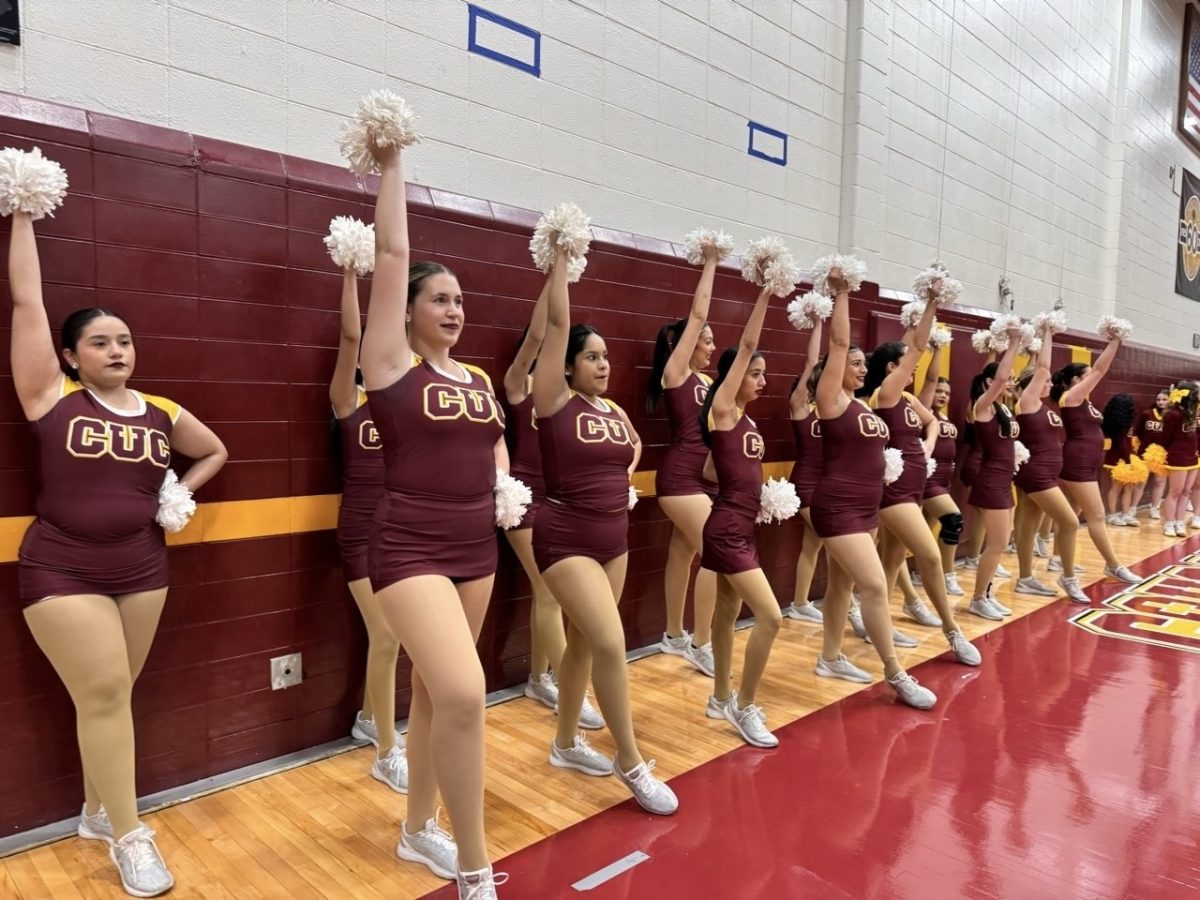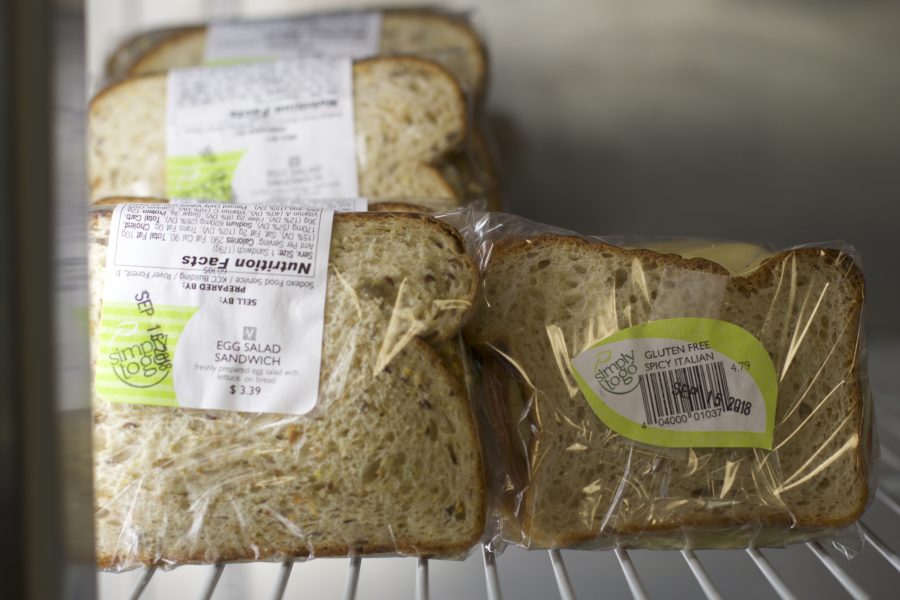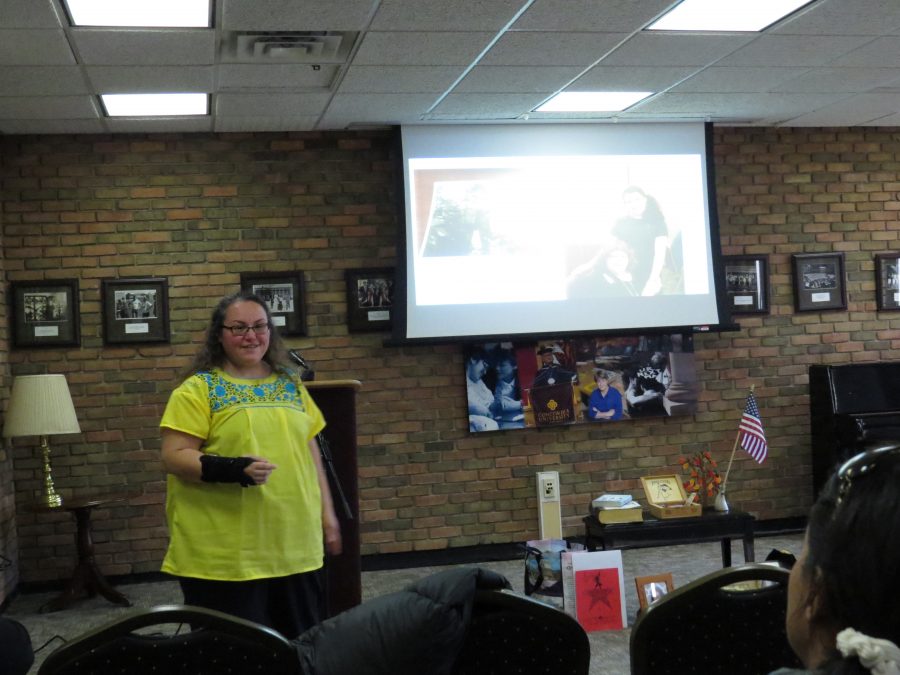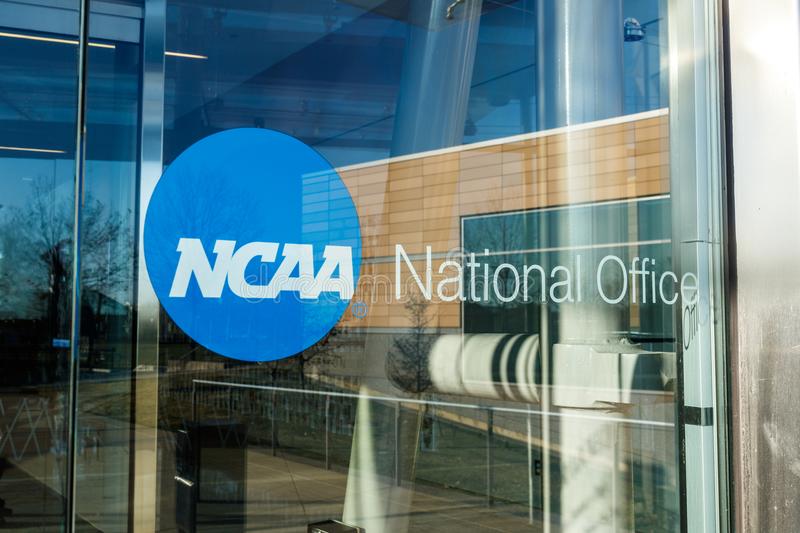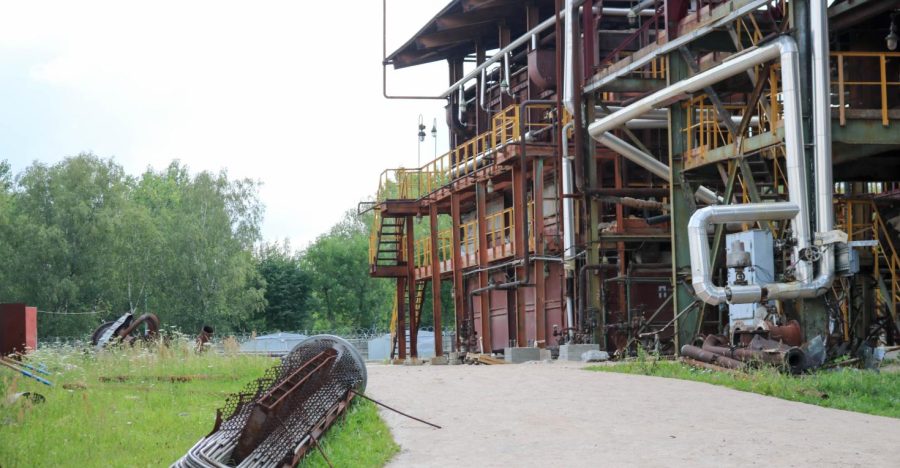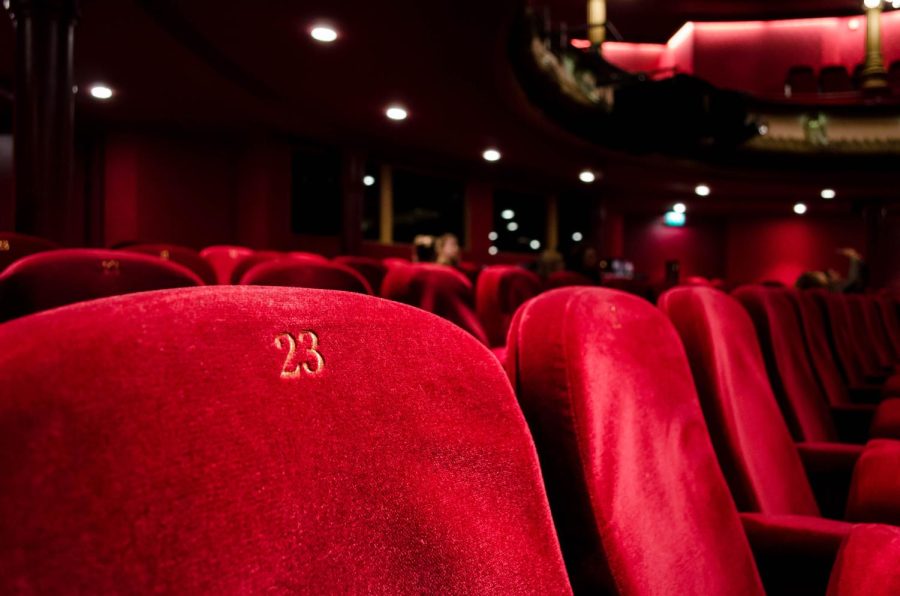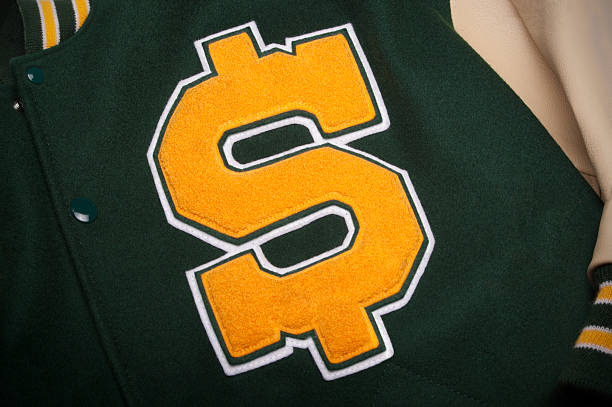Written by Josh Heine
Though the 2014 Winter Olympics in Sochi, Russia are major news from Europe, one of the most important stories is the continuing protests in Ukraine. Since the government rejected an important accord with the European Union in favor of stronger relations with Russia last year, various political movements have protested the deal with Russia and demanded political changes.
The protests began in November 2013, when the Ukrainian government rejected a major partnership agreement with the EU. Instead, it accepted a $15 billion bailout deal from Russia that included Russian absorption of Ukrainian bonds and slashing of oil prices.
Ukrainians desiring closer relations with the EU quickly responded with street protests across Ukraine. The protests remained peaceful until January 19, 2014, when rioting began in the Maidan (Independence Square) in Kiev.
Since January 22, several have died in skirmishes between protesters and riot police. Protestors have wielded stones and homemade explosives such as petrol bombs to combat the rubber bullets and stun grenades of riot police. President Yanukovych enacted anti-protest laws, but they were quickly removed after strong condemnation from the EU and United States.
The protesters originate from Kiev and eastern Ukraine, which has a greater affinity for the EU than the Russian-speaking western and southern regions, and belong to five major movements.
The largest of the movements is the pro-EU Ukrainian Democratic Alliance for Reforms (“Udar”, which means “Punch”) movement led by former world heavyweight boxing champion Vitali Klitschko.
The Fatherland movement led by jailed former Prime Minister Yulia Tymoshenko, arch-rival of Yanukovych, and parliamentary leader Arseniy Yatsenyuk, comprises the second-largest following.
Oleh Tyahnybok leads the far-right nationalist party Svoboda (“freedom”) party, a minority movement that nevertheless has a strong presence in Ukrainian politics.
The remainder is comprised of anarchic or radical groups such as Right Sector, which is filled with armed right-wing males seeking to dismantle the Ukrainian system of government.
The EU and Russia are currently monitoring the protests, as they are vying for relations with Ukraine. Russia is attempting to reclaim its former glory that was lost in the fall of the Soviet Union, and one method is to spread its influence through central Asia. As Ukraine is a former Soviet Republic and a territory once controlled by Russia for centuries, it holds strategic and historic importance to Russia. The EU is still receptive to Ukraine, but cautions that all negotiations are ceased until Ukraine is clearly committed to negotiate.
The United States has recently been noticed as a major player after a controversial phone call from Assistant Secretary of State Victoria Nuland. The phone call to the US Ambassador to Ukraine, Geoffrey Platt, vehemently denounced the EU and described the United States’ desire to influence the Ukrainian political crisis. However, the US has hinted that Russia may have bugged the phone call and released it on YouTube for its own gain.
The future of Ukraine is uncertain. While the various political movements are seeking peaceful solutions, tensions are rising and the violence between government forces and protestors escalates daily. Civil war is a possibility, unless Ukraine can create a solution for its continuing political fiasco.

